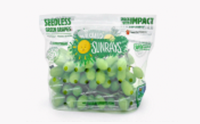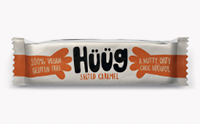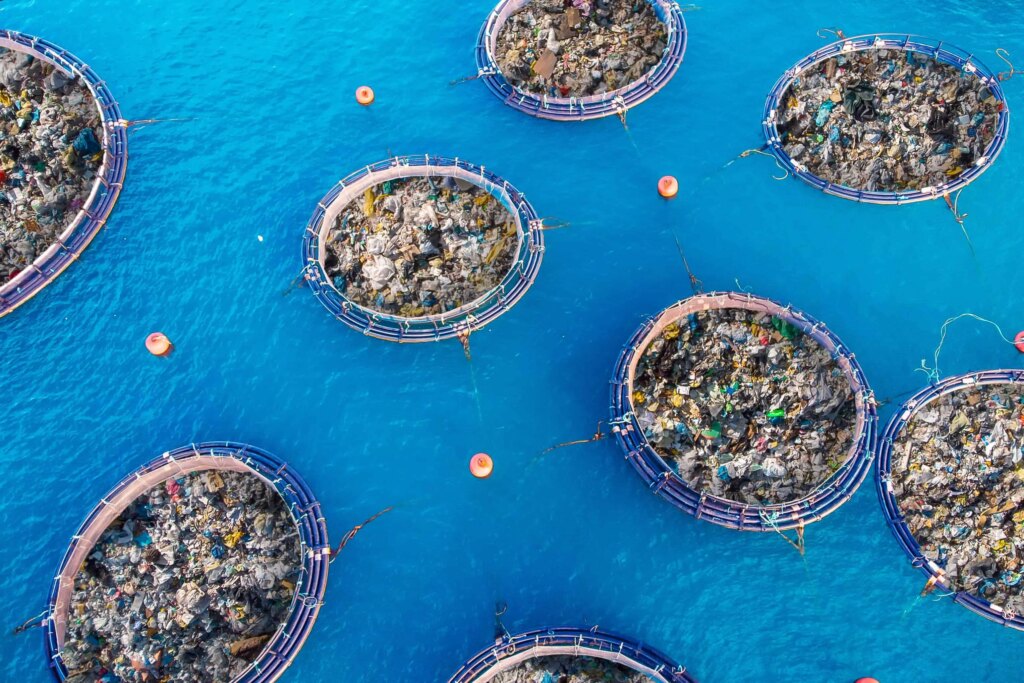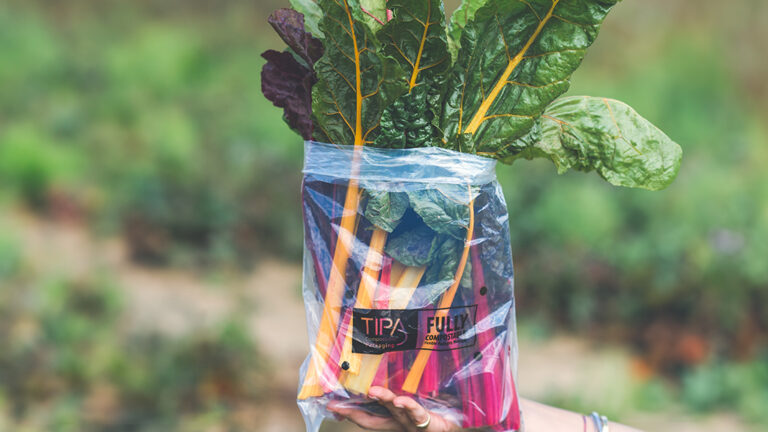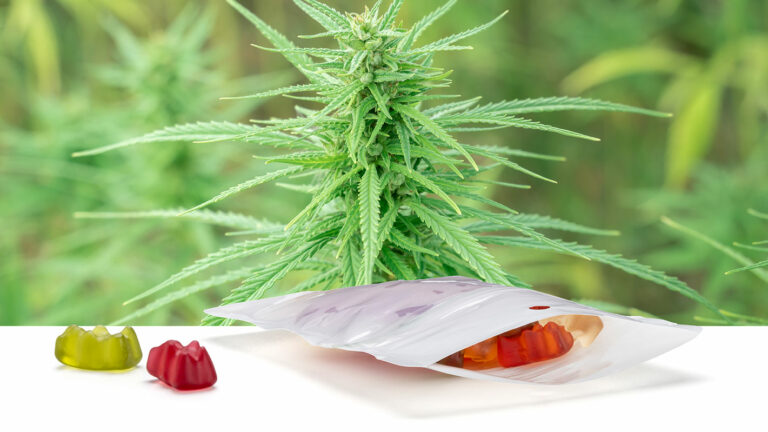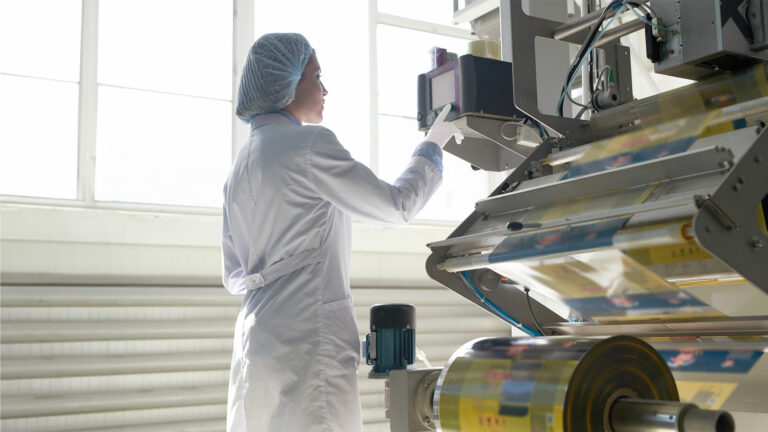If you are growing increasingly worried about all the plastic waste that lands up in our landfills and oceans, you should, in fact, begin to panic. If we took no action, the annual rate of plastic waste making into our oceans will increase by 300%. According to recent report by SystemIQ, current efforts by various governments and industry bodies will reduce this calamitous inflow of plastic into the seas only by 7% by 2040. That too, only if they continue to comply with regulations. In other words, current efforts and strategies are ineffectual, and just not enough. Systemic change is necessary.
A zero-waste strategy, which stresses minimizing or even eliminating wasteful lifestyles can help. One of the components of this strategy is to adopt paper and compostable packaging material. 80% of the plastic that is currently projected to flow into the oceans can thus be eliminated, paving way for a future that is clean, green, and sustainable.
Here is how a zero-waste future might look
If we were to imagine an ideal future, technology, and artificial intelligence will make it easier to lead a less wasteful life. Farmers may grow only what we need to consume, and industries and manufacturers may produce just what the market needs. Water will be harvested where it rains, and where there is fog. Wasting anything will likely become socially taboo. However, to make this utopia possible, we need to start taking real steps towards a zero-waste lifestyle. One of those is to adopt compostable packaging solutions on a high-priority basis and avoid plastic packaging.
Plastic does not disintegrate or decompose. As a result, it ravages our soil, and freshwater sources, and harms animals. A zero-waste policy eliminates 29 million metric tons of plastic mass being discarded every year. 80% of plastic leakage can be reduced by 2040, with dramatic societal, economic, and environmental effects.
Getting rid of plastic from our seas will eliminate micro-particles of plastic in the bodies of fish that we consume. As a result, we will begin to see less toxic food on plates, and healthier people in our communities. Clean and clear waters will help restore marine flora and fauna, which are under epic levels of human-related ecological stress.
In addition, adopting a zero waste strategy is beneficial to our forests, cities, and agricultural land. Both wild and agricultural animals will stop choking to death on plastic, while farmers can grow healthier and more nutritious food. We can focus on recycling and discarding existing plastic waste, instead of adding millions of metric tons of plastic every year. We can focus on restoring the inherent health and ecological balance of our planet.
What can you do to help?
Thanks to advances in technology, it is now possible to create packaging that resembles plastic but biodegrades like organic material. Just like an orange peel begins to decompose to mix with the soil after being discarded, bio-material-based packaging degrades and decomposes.
TIPA’s sustainable and flexible packaging solutions help businesses, farmers, and entrepreneurs across the world to pack their products and produce transparent, durable, and strong bio-packaging material. They have the same mechanical and visual qualities that conventional plastic packaging solutions do, allowing manufacturers to radically adopt a zero-waste strategy. Right from resins to multi-layer film structures and laminates, TIPA’s bio-materials are perfect for all kinds of flexible packaging solutions.
If you are a business owner or a farmer, adopt a zero-waste strategy today by packaging your products in bio-materials. If you are an individual or a consumer, adopt a zero-waste strategy in everything that you do, including choosing to buy only from companies that reduce packaging to the minimum and replace plastic with compostable packaging solutions.
Adopt compostable packaging solutions today for a zero-waste future
A zero-waste future is possible with your determination to live a less wasteful life and adopt compostable packaging solutions. Flexible packaging such as bags, films, and pouches, along with multilayer and multi-material plastics such as beverage cartons, diapers and sachets contribute to 72% of the leakage mass. The answer is staring right back at us: we need to massively reduce packaging or shift to compostable packaging alternatives.
To find out how you can adopt compostable packaging and contribute towards a zero-waste future, contact us.









